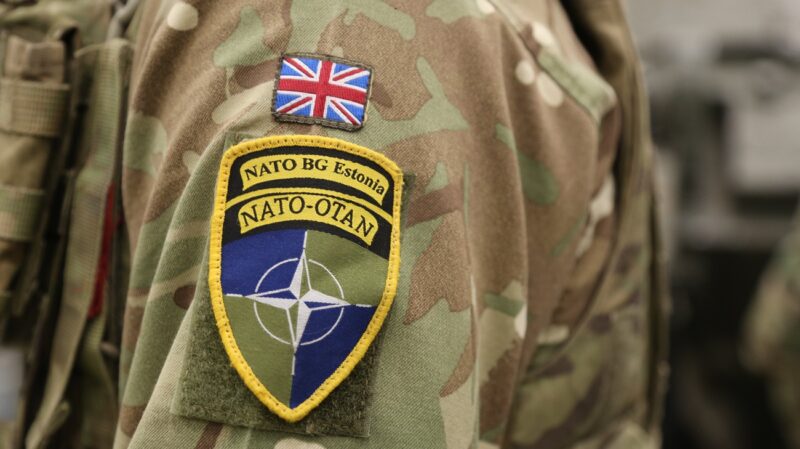Estonia is preparing for large-scale military exercises involving forces from the United Kingdom and France, which are among the widest and most significant operations within the framework of the country’s defense enhancement strategy in today’s geopolitical conditions

This is not just training, but a comprehensive demonstration of the readiness of Estonian forces and allies to respond quickly in case of new threats, as well as a test of the operational cooperation system among NATO member countries. Details of the large-scale event called Siil 2025, taking place in Estonia since early April and continuing throughout the month, further confirm the high level of military cooperation among partner nations. As part of this operation, over 1,500 servicemen from the UK and France will arrive in the country. They will become part of already deployed units of British and French commands, focused around the NATO multinational battle group. The goal is not only to practice logistics chains but also to organize rapid deployment and integration of forces in real combat scenarios. According to the Estonian Defence Forces General Staff, the preparation phase includes deploying military equipment and personnel via air, sea, and land routes. The British contingent is led by the 4th Army Brigade, which has already brought battalions of light infantry equipped with modern armored vehicles Foxhound and Mastiff, as well as reconnaissance units armed with Jackal vehicles. No less important is broad support: artillery units, snipers, anti-tank teams, engineers, and logisticians ensuring seamless movement and mission execution. The French side is also actively involved in the exercises. Special attention is given to the marine infantry, which is already operating within the country and will join local forces as part of the preparatory activities. The forces of the allies are being transported by air, sea, and land means. This allows practicing not only rapid deployment scenarios but also logistical and communication interoperability among different branches of the military, which is a key element of modern defense in complex geopolitical circumstances. As Major Toomas Pärnpuu, commander of transportation and mobility services of the Estonian command, noted, the process of transportation and deployment of allied forces tests the country’s ability to respond swiftly and receive additional forces from the air, sea, and land. At the same time, the increased road traffic caused by the arrival of military equipment and personnel urges drivers to be as careful and patient as possible. Authorities call on civilians to avoid obstructing the columns, to be tolerant, and to maintain a safe distance. The main phase of Siil 2025 will take place from May 5 to 23. It will cover all regions of the country and involve over 16,000 military personnel—including national units and partner countries’ units. The primary objective is not only to assess the combat readiness of Estonian troops within NATO’s system but also to practically test the coordination of rapid interactions during large-scale deployment of armored units and infantry. This year, particular focus is placed on evaluating the country’s infrastructural capabilities. First and foremost, the ability to quickly integrate incoming units into existing combat structures and ensure their coordinated interaction is tested. Additionally, inspectors are concentrating on preparing reservists and on the capacity of regional response systems to potential military threats. Participants will have the opportunity to assess the combat readiness of the 1st Infantry Brigade and the North-East Military District of Kaitseliit, as well as identify and address possible shortcomings in the operational training system. In the context of active preparations for the exercises across Europe, attention is also growing towards other significant military scenarios in the region. For example, in Germany, reports suggest that large-scale drills are already planned in the port city of Hamburg, simulating scenarios of rapid allied force deployment to NATO countries in the event of a potential attack by Russia. This indicates increasing tensions and the desire of Western nations to be as prepared as possible for any scenario. Meanwhile, in Romania, issues with transportation infrastructure necessary for the operational support of large-scale exercises have arisen due to delays in repairs of critical transport arteries, which could significantly complicate logistics for an extended period. Overall, the preparations for military exercises in Estonia, France, and the UK highlight a high level of strategic stability and the allies’ desire to act in a coordinated and effective manner in today’s crisis conditions driven by global challenges and risks.

